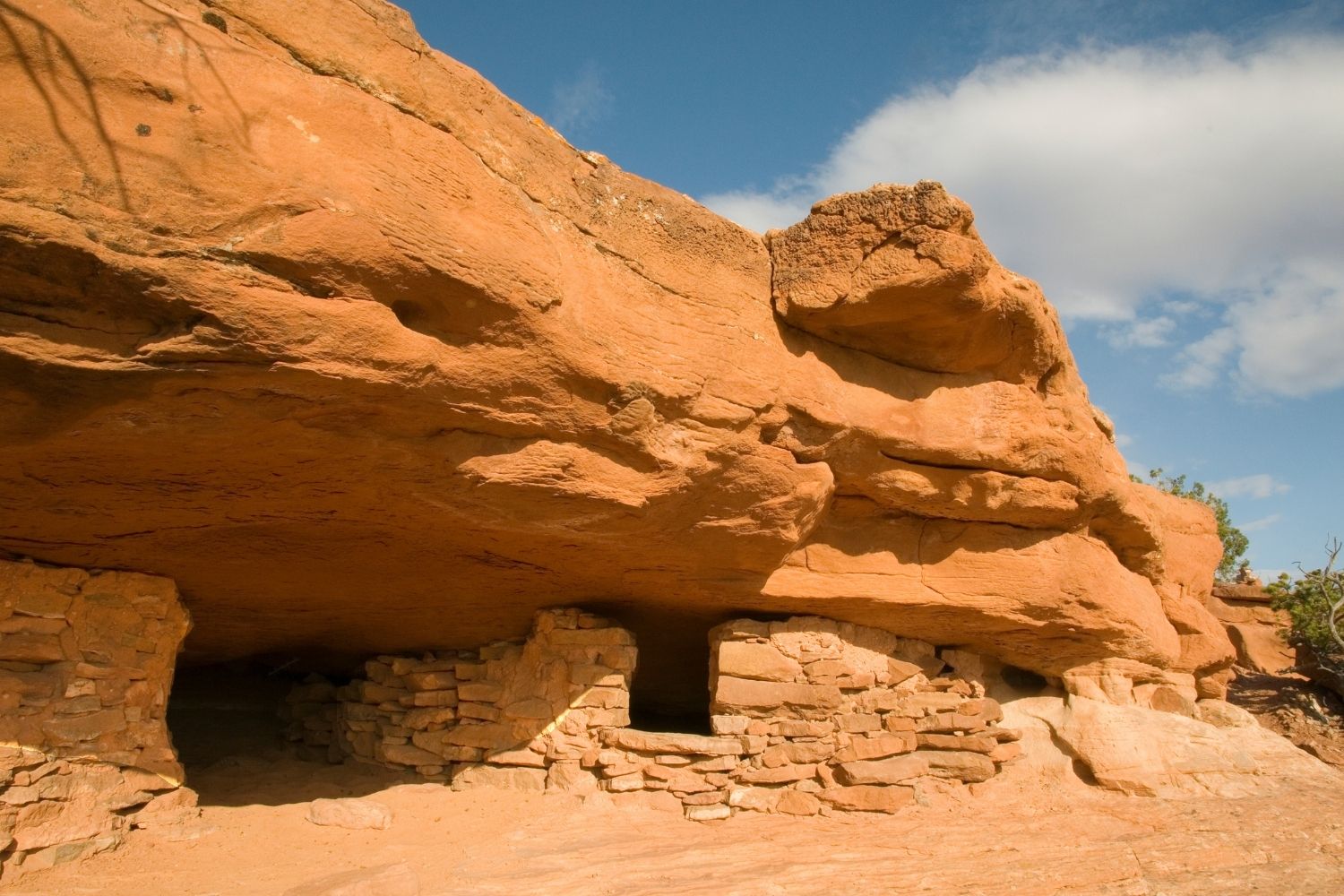Secrets Of Anasazi Granaries In Cedar Mesa

Ever wondered about the hidden treasures of the American Southwest? Cedar Mesa in Utah holds some of the most intriguing secrets of the ancient Anasazi people. Among these secrets are the mysterious granaries scattered across the rugged landscape. These small, stone structures once stored precious food supplies, ensuring survival in harsh conditions. Imagine hiking through stunning canyons and stumbling upon these ancient relics, each telling a story of ingenuity and resilience. Whether you're a history buff or an outdoor enthusiast, exploring these granaries offers a unique glimpse into the past. Ready to uncover the mysteries of Cedar Mesa's Anasazi granaries? Let's dive in!
Discovering the Anasazi Granaries
The Anasazi, also known as the Ancestral Puebloans, left behind a legacy of incredible structures in the American Southwest. Among these are the granaries in Cedar Mesa, Utah. These ancient storage sites offer a glimpse into the lives of a civilization that thrived in a harsh desert environment. Let's explore some of the most fascinating granaries in Cedar Mesa.
1. Moon House Ruin
Moon House Ruin stands out for its unique architecture and well-preserved state. This multi-room structure includes granaries that were used to store corn and other essential supplies. The intricate design and craftsmanship reflect the ingenuity of the Anasazi people.
2. Fallen Roof Ruin
Fallen Roof Ruin is famous for its striking roof collapse, which creates a dramatic backdrop for the granaries found here. The granaries are tucked away in alcoves, showcasing the Anasazi's skill in utilizing natural formations for storage.
3. Citadel Ruin
Perched on a high mesa, Citadel Ruin offers breathtaking views of the surrounding landscape. The granaries here are strategically placed to take advantage of the natural defenses provided by the cliffside location. This site highlights the Anasazi's strategic thinking in protecting their food supplies.
4. Perfect Kiva
Perfect Kiva is a well-preserved ceremonial structure that also includes granaries. The kiva itself is a fascinating example of Anasazi architecture, and the nearby granaries provide insight into the daily lives of the people who used this site for both storage and rituals.
5. Jailhouse Ruin
Jailhouse Ruin gets its name from the small, window-like openings in its walls. The granaries here are built into the cliff face, making them difficult to access and thus more secure from potential raiders. This site demonstrates the Anasazi's resourcefulness in safeguarding their food.
6. House on Fire Ruin
House on Fire Ruin is named for the way the rock above the granaries glows like flames when the sunlight hits it just right. The granaries at this site are beautifully preserved, offering a vivid picture of how the Anasazi stored their food in harmony with the natural environment.
7. Mule Canyon Ruins
Mule Canyon Ruins feature several granaries that are easily accessible for visitors. These granaries are built into shallow alcoves and are a testament to the Anasazi's ability to adapt their storage techniques to different types of terrain.
8. Big Man Panel
Big Man Panel is known for its impressive rock art, but it also includes granaries that are worth exploring. The granaries here are smaller and more discreet, blending seamlessly with the surrounding rock art and landscape.
9. Seven Kivas
Seven Kivas is a complex site with multiple ceremonial structures and granaries. The granaries are strategically placed near the kivas, indicating their importance in both daily life and religious practices. This site provides a comprehensive look at the multifaceted role of granaries in Anasazi culture.
10. Bullet Canyon Ruins
Bullet Canyon Ruins are located in a remote area, making them less visited but equally fascinating. The granaries here are well-preserved and offer a glimpse into the more secluded aspects of Anasazi life. The isolation of this site highlights the lengths to which the Anasazi went to protect their food supplies.
Preserving History in Cedar Mesa
Cedar Mesa's Anasazi granaries offer a unique glimpse into the past. These ancient structures, hidden among the cliffs, tell stories of survival and ingenuity. Exploring these granaries, you can see how the Anasazi stored food and protected their resources. This area is not just a historical site; it's a testament to human resilience.
Visiting Cedar Mesa allows you to connect with history in a tangible way. The granaries, with their intricate designs and strategic locations, show the Anasazi's deep understanding of their environment. As you hike through the rugged terrain, each granary you encounter adds to the rich tapestry of the Anasazi legacy.
Respecting and preserving these sites is crucial. They are fragile links to a bygone era. By protecting Cedar Mesa, we ensure that future generations can also appreciate the ingenuity and spirit of the Anasazi people.

